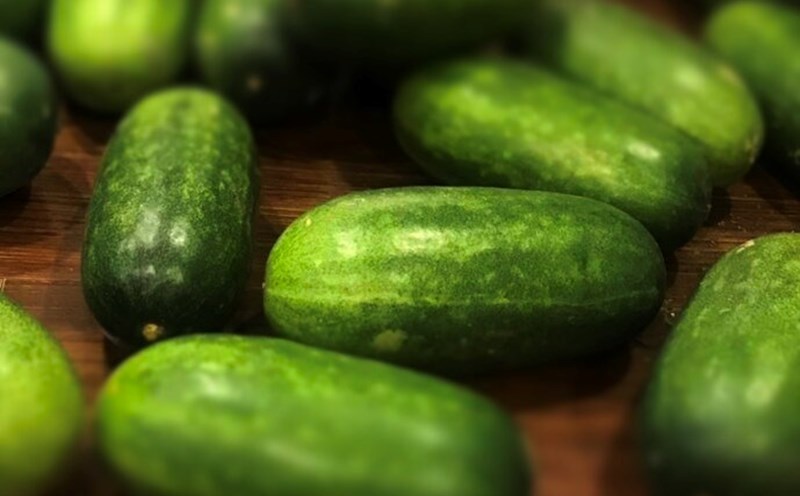According to a report by the American Diabetes Association (ADA), fruits with a low or medium glycemic index (GI) should be prioritized in the diet of people with diabetes.
Fresh plums have a GI of about 4053 (depending on the type), classified as foods that can control blood sugar well. In addition, plums are rich in polyphenols, a group of antioxidants that can improve insulin sensitivity.
Research shows that eating dried plums helps reduce the amount of glucose after eating in the elderly thanks to their high soluble fiber content, slowing down the absorption of sugar into the blood.
However, the way you eat plums has a direct impact on the effectiveness of lowering blood sugar.
Nutritionists recommend:
Eat fresh plums with the skin on because the skin contains a lot of anthocyanin - an anti-inflammatory and antioxidant that helps improve sugar metabolism.
Eat plums after main meals or snacks, avoid eating them when hungry to avoid causing blood sugar to increase rapidly.
Do not eat more than 45 fruits at a time, because despite their benefits, plums still contain fructose, if eaten too much will be counterproductive.
Eating plums properly, just enough, whole, combined with a healthy diet, can effectively support blood sugar control.
However, patients should consult a doctor to suit their specific health condition.











